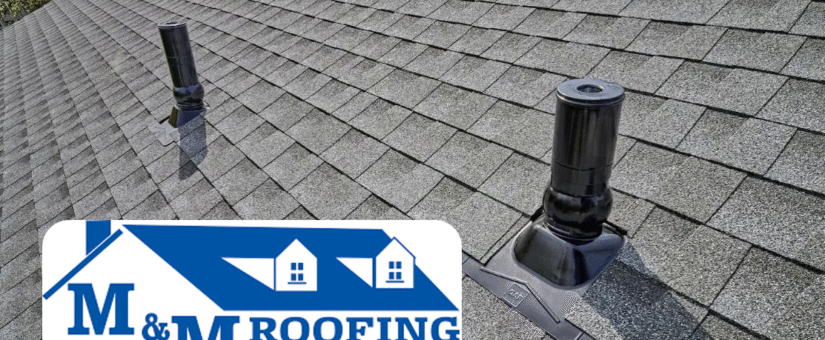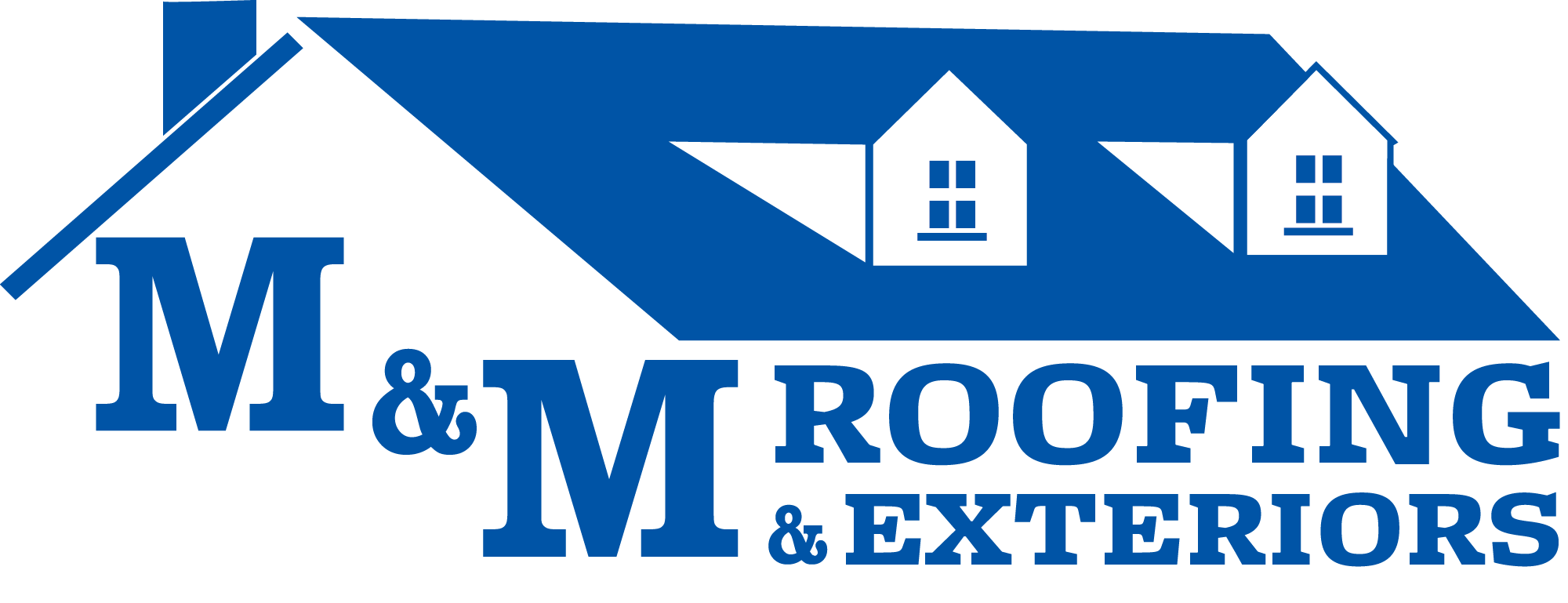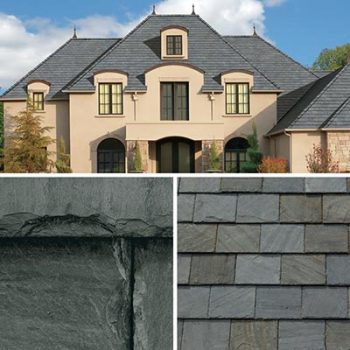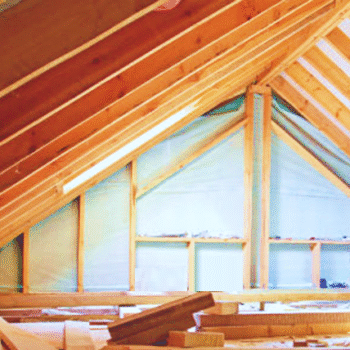
Your Roof Needs Maintenance, Just Like Your Car
- On June 29, 2025
Did you know your roof needs maintenance just like your car does? Here’s a quick guide on how we can maintain your roof to help keep it sealed and prevent leaks!
Your Roof Needs Maintenance To Stay Sealed
At M & M Roofing & Exteriors in Haymarket, VA, we know that your roof is your home’s first line of defense against the elements. A well-maintained roof keeps rain, snow, and moisture out, protecting your home and family. However, without regular maintenance, even the sturdiest roof can develop leaks that lead to costly damage. Let’s explore why routine roof maintenance is essential, the consequences of neglecting it, the role of roof flashing, and how different roofing types require specific care to stay sealed.
The Importance of Regular Roof Maintenance
Your roof endures constant exposure to harsh weather—scorching sun, heavy rain, snow, ice, and high winds. Over time, these elements can wear down roofing materials, compromising their ability to remain sealed. Regular maintenance ensures your roof stays watertight by addressing small issues before they become major problems. Routine inspections and upkeep help:
- Prevent Leaks: Checking for damaged shingles, tiles, or seams stops water from seeping through.
- Extend Roof Lifespan: Proper care can add years to your roof’s durability, delaying the need for a costly replacement.
- Maintain Energy Efficiency: A sealed roof prevents air leaks, keeping your home insulated and reducing energy bills.
- Protect Structural Integrity: Keeping moisture out safeguards your home’s framework from rot and decay.
Without maintenance, even minor vulnerabilities like cracked shingles or clogged gutters can allow water to infiltrate, leading to significant damage.
The Damage Caused by Moisture Leaks
When moisture breaches your roof, the consequences can be severe and far-reaching. Water infiltration can cause:
- Structural Damage: Water can weaken wooden beams, rafters, and joists, leading to rot and compromised structural integrity.
- Mold and Mildew Growth: Moisture in walls, ceilings, or attics creates a breeding ground for mold, which poses health risks like respiratory issues and allergies.
- Interior Damage: Leaks can ruin drywall, paint, and ceilings, causing unsightly stains and requiring costly repairs.
- Insulation Deterioration: Wet insulation loses its effectiveness, increasing heating and cooling costs and reducing comfort.
- Electrical Hazards: Water seeping into wiring or electrical systems can cause short circuits or fire risks.
- Foundation Issues: Excess water pooling around your home due to poor roof drainage can erode soil and damage your foundation.
According to the Insurance Institute for Business & Home Safety, water damage from roof leaks accounts for a significant portion of homeowner insurance claims, with repair costs often ranging from $5,000 to $20,000 or more, depending on the extent of the damage. Regular maintenance is a small investment to avoid these devastating outcomes.
What Is Roof Flashing and Why Does It Need Maintenance?
Roof flashing is a critical component of your roofing system, designed to direct water away from vulnerable areas where leaks are likely to occur. Flashing consists of thin strips of metal (typically aluminum, galvanized steel, or copper) installed around roof features like:
- Chimneys
- Skylights
- Vents
- Valleys (where two roof slopes meet)
- Edges near walls or dormers
Flashing creates a watertight seal, preventing water from seeping into seams or joints. However, flashing can deteriorate over time due to:
- Corrosion: Exposure to moisture and weather can rust or degrade metal flashing.
- Cracks or Gaps: Temperature changes can cause flashing to expand, contract, or loosen, creating openings for water.
- Improper Installation: Poorly installed flashing may fail to direct water properly, leading to leaks.
To maintain flashing, it should be inspected annually for signs of rust, cracks, or detachment. Damaged flashing should be repaired or replaced promptly, and sealant around flashing should be checked and reapplied as needed to ensure a tight seal. Neglecting flashing maintenance can lead to leaks in some of the most vulnerable areas of your roof.
Maintenance Needs for Different Types of Roofs
Different roofing materials require specific maintenance to stay sealed and functional. Here’s a look at common roofing types, their maintenance needs, and recommended inspection frequencies:
- Asphalt Shingles:
- Maintenance: Check for cracked, curled, or missing shingles. Clear debris from granules to prevent water pooling. Clean gutters to ensure proper drainage.
- Inspection Frequency: Every 6 months, especially after storms, and professionally every 1–2 years.
- Why: Asphalt shingles are durable but prone to wear from UV rays and wind, which can loosen granules and expose the underlayment.
- Metal Roofs:
- Maintenance: Inspect for loose fasteners, scratches, or corrosion. Ensure sealants around seams and flashing are intact. Remove debris to prevent rust.
- Inspection Frequency: Annually, with spot checks after severe weather.
- Why: Metal roofs are long-lasting but can develop leaks if fasteners loosen or protective coatings wear off.
- Tile Roofs (Clay or Concrete):
- Maintenance: Replace cracked or broken tiles. Check for moss or algae growth, which can trap moisture. Ensure underlayment is intact.
- Inspection Frequency: Annually, with professional inspections every 2–3 years.
- Why: Tiles are durable but can crack under impact or thermal stress, compromising the seal.
- Flat Roofs (EPDM, TPO, or Built-Up):
- Maintenance: Check for punctures, tears, or blisters in the membrane. Ensure drainage systems are clear to prevent ponding water. Reapply protective coatings as needed.
- Inspection Frequency: Every 6 months, with professional inspections annually.
- Why: Flat roofs are prone to pooling water, which can degrade membranes and cause leaks if not addressed.
- Slate Roofs:
- Maintenance: Replace cracked or missing slates. Inspect flashing and underlayment for wear. Remove debris to prevent water buildup.
- Inspection Frequency: Annually, with professional inspections every 2–3 years.
- Why: Slate is durable but heavy, and damaged slates or flashing can lead to leaks if not maintained.
For all roof types, regular cleaning of gutters and downspouts is crucial to prevent water backup, which can force moisture under roofing materials. Professional inspections by a trusted roofing contractor like M & M Roofing & Exteriors ensure that small issues are caught early, keeping your roof sealed and your home protected.
Trust M & M Roofing & Exteriors for Your Roofing Needs
Your roof is too important to neglect, and regular maintenance is the key to keeping it sealed against rain, snow, and moisture. At M & M Roofing & Exteriors in Haymarket, VA, we specialize in comprehensive roof inspections, maintenance, and repairs for all roofing types. Our experienced team is dedicated to ensuring your home stays safe, dry, and protected year-round. Don’t wait for a leak to cause costly damage—book your roof maintenance appointment with M & M Roofing & Exteriors today! Contact us to schedule your service. Let us help you keep your roof in top shape!



0 Comments